FARMINGDALE, NY—The preliminaries are now concluded—let the playoffs begin.
The Barclays returns to the famed Black Course at Bethpage State Park and the ensuing battle among the top players in the world will certainly make for great theater as the end of the 2016 season is now upon us. This week’s event has plenty of key storylines—the most significant is what players are able to make the final push to make the eight automatic picks for this year’s Ryder Cup Matches at Hazeltine National in Minnesota in late September.
The return to Bethpage is also a big time moment on the ‘16 golf calendar. Having hosted the ’02 and ‘09 U.S. Opens, the Black Course will stage its 2nd Barclays—the first coming in ’12 with Nick Watney winning. The storied A.W. Tillinghast design—which was tweaked by architect Rees Jones prior to both Opens—is also scheduled to stage the ‘19 PGA Championship, the ’21 and ‘27 Barclays and the ’24 Ryder Cup Matches. A most impressive array of championship golf events.
The par-71 layout can be stretched to a max of 7,468 yards and defending champion and world number one Jason Day will join a select field of 124 other players to see who is best able to overcome what the Black provides. The facility features a total of 90-holes and straddles the Nassau and Suffolk County border. The scale of the Black Course is what makes it so compelling. The course starts and ends at its famed clubhouse which sits above the Black’s 1st tee and 18th green. The rest of the course takes an impressive tour over the rolling terrain where many of the putting surfaces are perched on rises mandating quality approach shots time after time. Then there is the massive sand bunkers which come in all sizes and shapes—the most fascinating coming on two of the par-5 holes—the 4th where the bunker separates the bottom and top half of the hole and at the 7th where the bunker is nothing less than a sea of sand confronting the players off the tee.

Unlike the ‘02 and ’09 Opens where poor weather impacted the events significantly the forecast for the event appears to be quite good and the dry turf will likely result in a firmer and faster Black Course.
The top four players in the world—Jason Day, Dustin Johnson, Jordan Spieth and Rory McIlroy are all ready to make the final push of the ‘16 golf season after being off for the last three weeks since the PGA Championship at Baltusrol Lower.
Upon conclusion of the Barclays the top 100 players in the ‘16 Fed-Ex Cup list will advance to the 2nd week of the playoffs with The Deutsche Bank Event in Norton, MA at the TPC / Boston.
***
BETHPAGE'S MOUNT OLYMPUS HOLE: THE DIABOLICAL 15TH !
Anyone who has ever played the Black Course at Bethpage will never forget their first encounter with the 478-yard par-4 15th hole—the one I affectionately call Mount Olympus. The 15th follows the shortest hole played at Bethpage and as the players leave the 14th green and prepare to cross over Round Swamp Road, they face the final quartet of holes. None is more demanding than the 15th.
In the ‘02 and ’09 U.S. Opens at Bethpage Black, the hole played in excess of 4.6 average strokes per player—a stroke average that places the hole in such elite company of difficulty with the iconic Road Hole at The Old Course at St. Andrews.
The 15th turns left in the drive zone although the pitch of the land is ever so gentle to the right with out-of-bounds to the extreme right side. Finding the fairway is an absolute must because the approach shot must negotiate a steep 35-foot slope to a green that is the most vexing of all greens at the Black.
Course architect Rees Jones softened the pronounced back-to-front tilt of the green but the putting surface is still a major challenge for the feint of heart. Missing the green—especially long—can mean a mega-number on the scorecard with almost 100% certainty.
Club selection to the 15th green can vary greatly with whatever wind happens to be blowing. Likely you will see players hit for their approach shots anywhere from a short iron for the longest of hitters to long irons and even hybrids for those who are shorter hitters.
Interestingly, the hole doesn’t give the same visual effect from watching on television, however, those competing quickly realize securing a par on the 15th for each of the four days will be a major boost to their chances in winning the event.
M. James Ward, a member of Golf Writer’s Association of America (GWAA) and past member of Met Golf Writer’s Association (MGWA), has reported on golf’s grandest events since 1980 in a variety of forums.
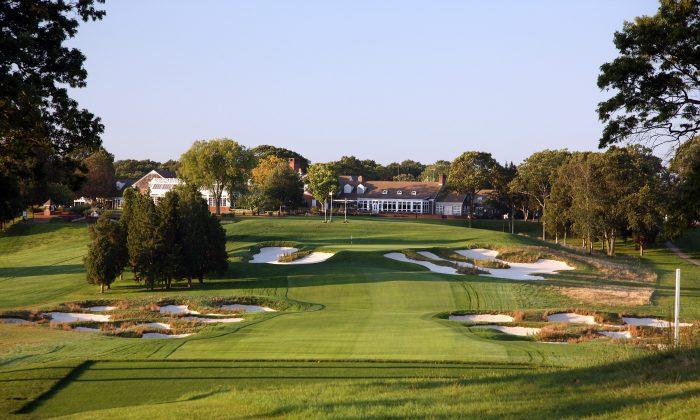
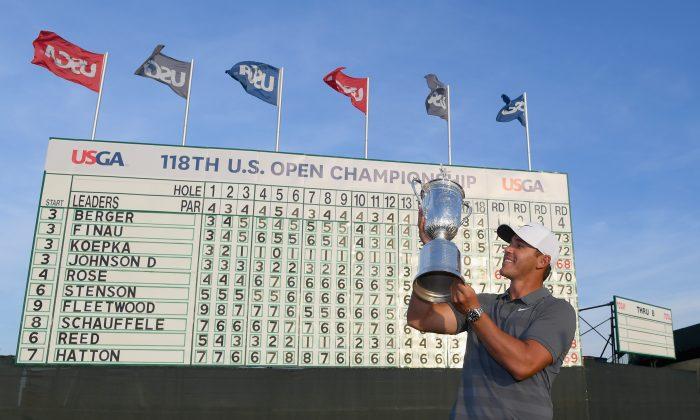
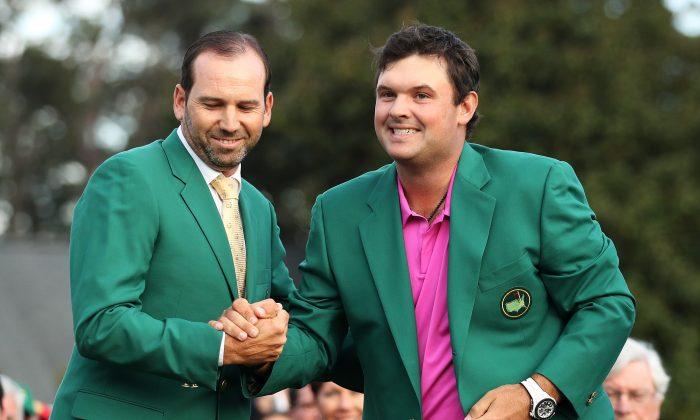
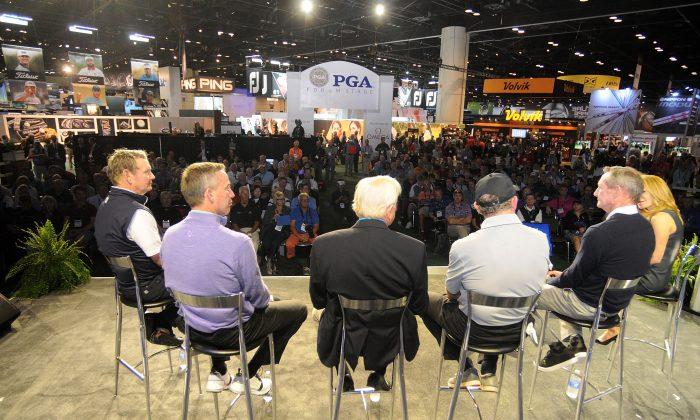
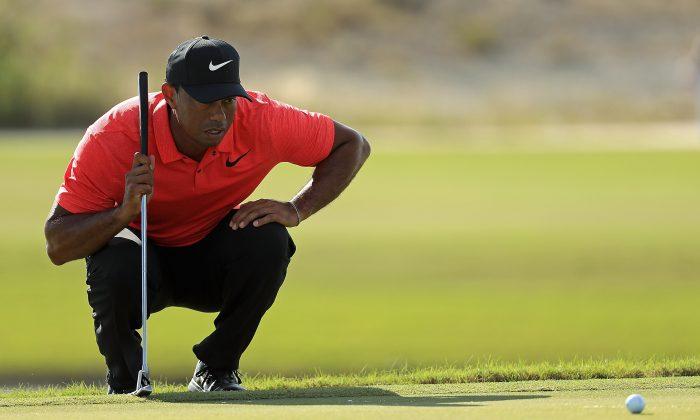
Friends Read Free